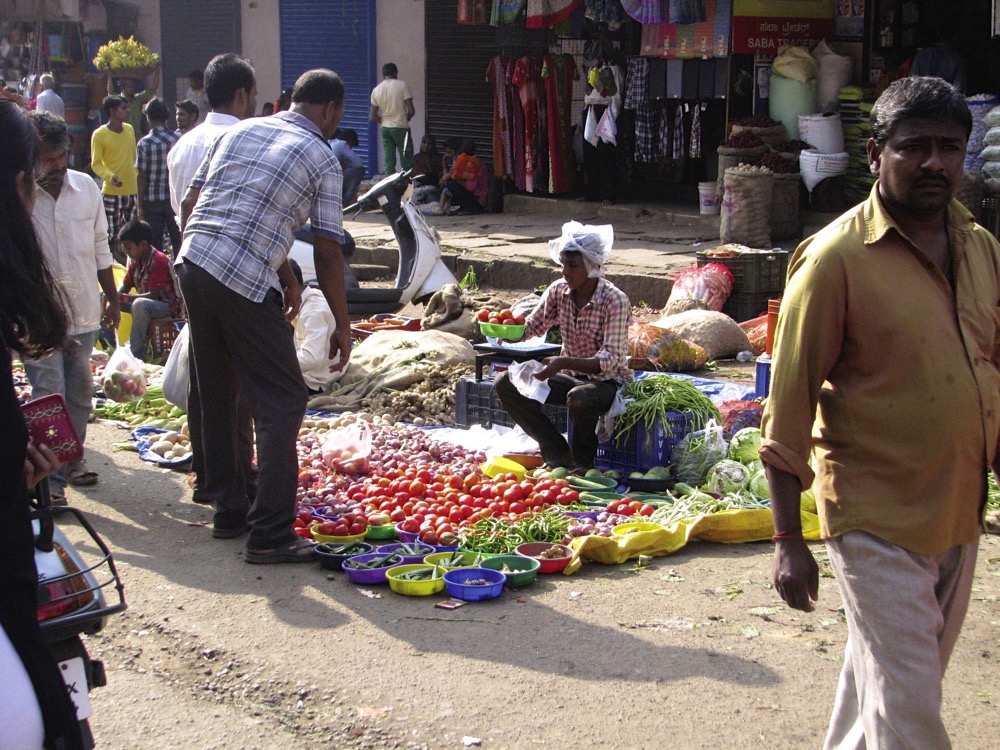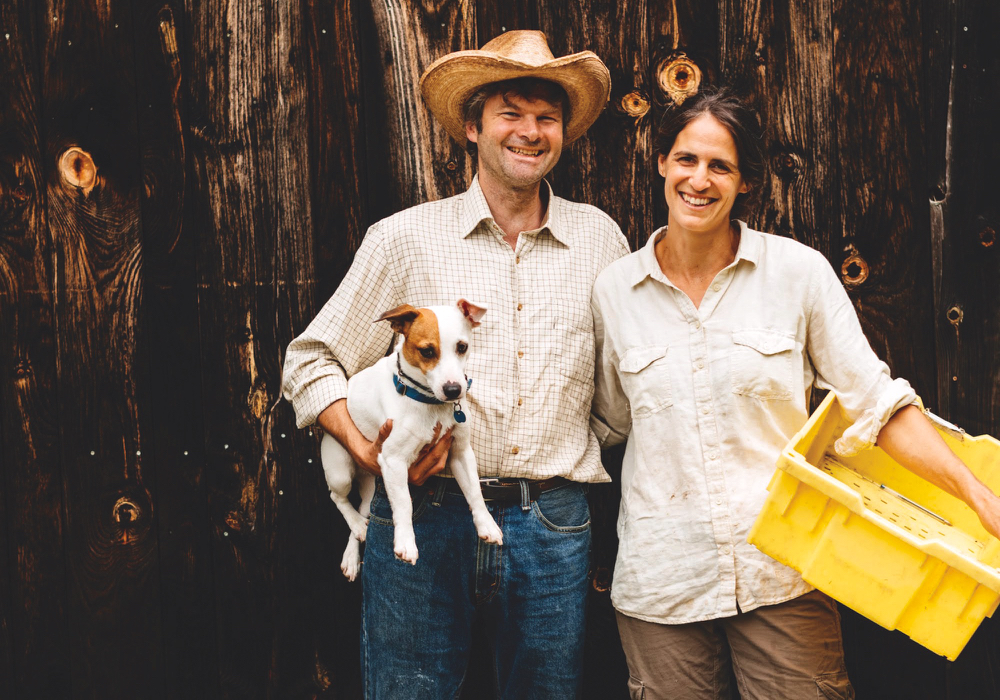Once again my perception of our agricultural industry has been rocked by international travel. This time it was a visit to India in December that challenged my perception of organic production and marketing.
First on my list was a cashew processor in Mangalore on India’s west coast. Canadians might be taken aback when they see the “organic” signs in the factory where cashews are shelled, peeled, roasted, graded, and packaged. After all, when consumers think of organic production in Canada, they typically envision an idyllic family farm where the entire production, processing, and packaging cycle is completed on the farm, with the food shipped either directly to a customer or to a farmer’s market or organic food store.
Read Also

The big squeeze: How to be fair to siblings during farm succession
Managing sibling business relationships on family farms.
Yet here cashews were being sourced not from only local farms but even from Vietnam and Africa, and the finished products will be as likely to end up in a Canadian store as they are on a table in India.
Inside the factory, over 500 women spend eight hours a day, six days a week roasting, peeling, shelling, grading and packaging cashews. The legislated minimum wage for most of the workers is just US$4.15 per day, provided they peel or shell 15 kgs of cashews within their eight-hour shift.
Failure to meet this target drops the day’s wage by 22 per cent.
I won’t even go into the working conditions in the factory.
The next day I visited a spice farm near Goa and to my surprise, “organic” labelling applied here too. While 85 per cent of Indian farms are less than two hectares, this spice farm was 60 hectares and provides 6,000 man days of employment annually. It is one of the largest spice farms in India. And it is entirely organic!
What’s going on? We are told that organics is a First World phenomena, and that organic production is unaffordable for most people in the world. Yet here I was in one of the poorest countries of the world, and I was surrounded by organic labelling.
And I suspect that both the cashew factory and the spice farm would disappoint many Canadian consumers who purchase cashews or spices based on their perception of what an organic farm must be like.
Organics in India
In its fact sheet Introduction to Organics, the Ontario agriculture ministry defines organic farming as “a holistic system designed to optimize the productivity and fitness of diverse communities within the agro-ecosystem, including soil organisms, plants, livestock and people. The principal goal of organic production is to develop enterprises that are sustainable and harmonious with the environment.”
The fact sheet makes it clear that “organic farming is a method of crop and livestock production that involves much more than choosing not to use pesticides, fertilizers, genetically modified organisms, antibiotics and growth hormones.”
Organic farming in India grew out of a similar desire to create a sustainable, holistic farming system. In fact, it was a small group of people from around the world who travelled to India in the 1990s for the spiritual teaching of H.W.L. Poonja who created the organic farming system there.
This group hoped such a holistic and self-sufficient system would improve the livelihoods of impoverished farmers in northern India, and in order to help drive the movement, they created Organic India, which has grown into a global distributor of India organic products.
An important difference between organic production in India and Canada is that rather than having to switch from conventional farming to organics, most India farmers have always been practising pesticide- and fertilizer-free farming.
Instead, says Ajanta Industries (a processor and exporter of organic cashews), the challenge for farmers is to find the resources to pay for the certification process.
In 2001, however, Ajanta launched a program to assist with the certifications, and it now receives cashews from 2,664 farmers with a total of 5,000 hectares. More than 80 per cent of their raw cashews come from small farmers who work less than four hectares.
This is just one example of a number of close associations between processors and farmers in India. Some are formal co-operatives and some are contractual arrangements.
Organic farmers in India also created the Organic Farming Association of India (OFAI) in 2002, a very powerful lobby group that is recognized internationally. In fact this organization is hosting the World Organic Congress in New Delhi in November 2017.
India now ranks 15th in the world for organically certified agricultural area with 1.49 million hectares of organic crops. On top of this, India has another 4.22 million hectares of certified forest and wild areas where minor organic products are collected.
This compares to Canada’s 0.9 million hectares of certified organic lands.
India also leads the world in the number of farms certified as organic with over 650,000 organic producers.
This focus on organics enabled India to export 263,687 MT of organic production worth US$298 million in 2015-16.
According to Indian government numbers, its organic products are exported to the European Union, U.S., Canada, Switzerland, Korea, Australia, New Zealand, southeast Asian countries, the Middle East, South Africa and others.
Commercialization of organics
India recognizes the growing global demand for organic foods and is responding to it in a huge way.
The world’s major food manufacturers are also responding to the growing demand for organics and are seeking to profit from it by acquiring organic producers, processors and brands. There has been massive consolidation within the organic industry, just as in the rest of the agricultural and food sector. As an example, the iconic Kashi brand is now a subsidiary of Kellogg. Dannon has acquired Stonyfield, Coca-Cola has acquired Odwalla and Honest Tea, and General Foods now owns the Lara Bar and Food Should Taste Good brands.
Dr. Philip H. Howard of Michigan State monitors industry ownership of organic brands, and he maintains an online listing with graphics showing the extensive mergers and acquisitions of organic brands.
Meanwhile, conventional and organic farmers in Canada continue to fight amongst themselves over which system is more “sustainable” and “natural.” Is summer fallow or post-harvest glyphosate a more sustainable practice? The camps argue whether a natural pesticide or synthetic pesticide pose a greater health risk even when they have the same chemistry and are used for the same purpose. They both make wild accusations about the safety and quality of the other’s produce, with claims that can mislead and confuse the consumer.
Demand for organic production continues to grow, and I wonder if those farmers who truly believe in the organic production model will ever be able to meet the demand they have created. Are there enough producers willing to forgo the higher yields that man-made fertilizers and chemicals offer? Or have organic producers backed themselves into a corner with the growing public expectation that no fertilizers, pesticides, or even modern breeding techniques can ever be used in organics, despite the fact that such management practices can improve the environment and increase sustainability?
If perennial cereals, which could be a boon to sustainable farming and the environment for both conventional and organic growers, were developed with a technique such as gene editing, would they be outright rejected by consumers and the organic lobby because they are not natural?
While Canadian farmers can’t compete with some of the organic production out by India, such as cashews, 50 per cent of the organic production that India exports consists of oilseeds. Canadian producers could certainly compete for some of this market. And given commodity price outlooks and the market frustrations of selling conventional commodities in an oversupplied market, it is something that Canadian farmers need to consider.
Instead of looking at an all-or-none switch to organic production, I wonder if it is possible on a conventional farm operation to look at organic production simply as a speciality crop. Is it possible for a mixed-farm operation to rotate hay or pasture land which has not had applications of synthetic fertilizers or pesticides to organic crops for a number of years? Is the premium offered for organic production enough to justify the costs of certification for an organic rotational crop? Would conventional farmers be willing to follow the acceptable agronomic practices required for organic production in the same way they already modify and adapt farming practices and equipment for new speciality crops?
While Canadian farmers are not meeting our own demand for organic production, you can be sure someone somewhere will be willing to grow what consumers are seeking.
And don’t forget, organic is still growing. Indeed, it isn’t even limited to food any more. A new blue-jean manufacturer is now marketing their jeans as “made with: 100% organic cotton denim, social responsibility and transparent production.”

















